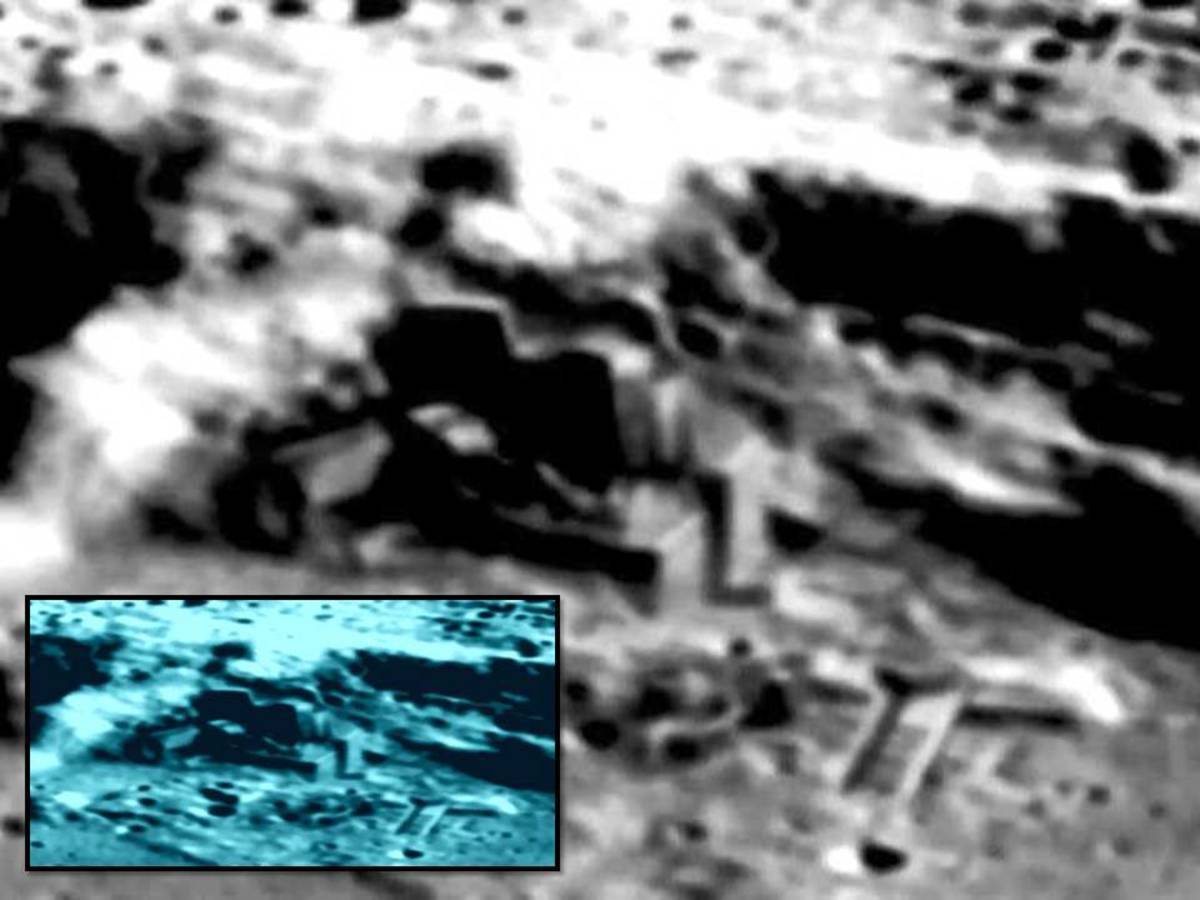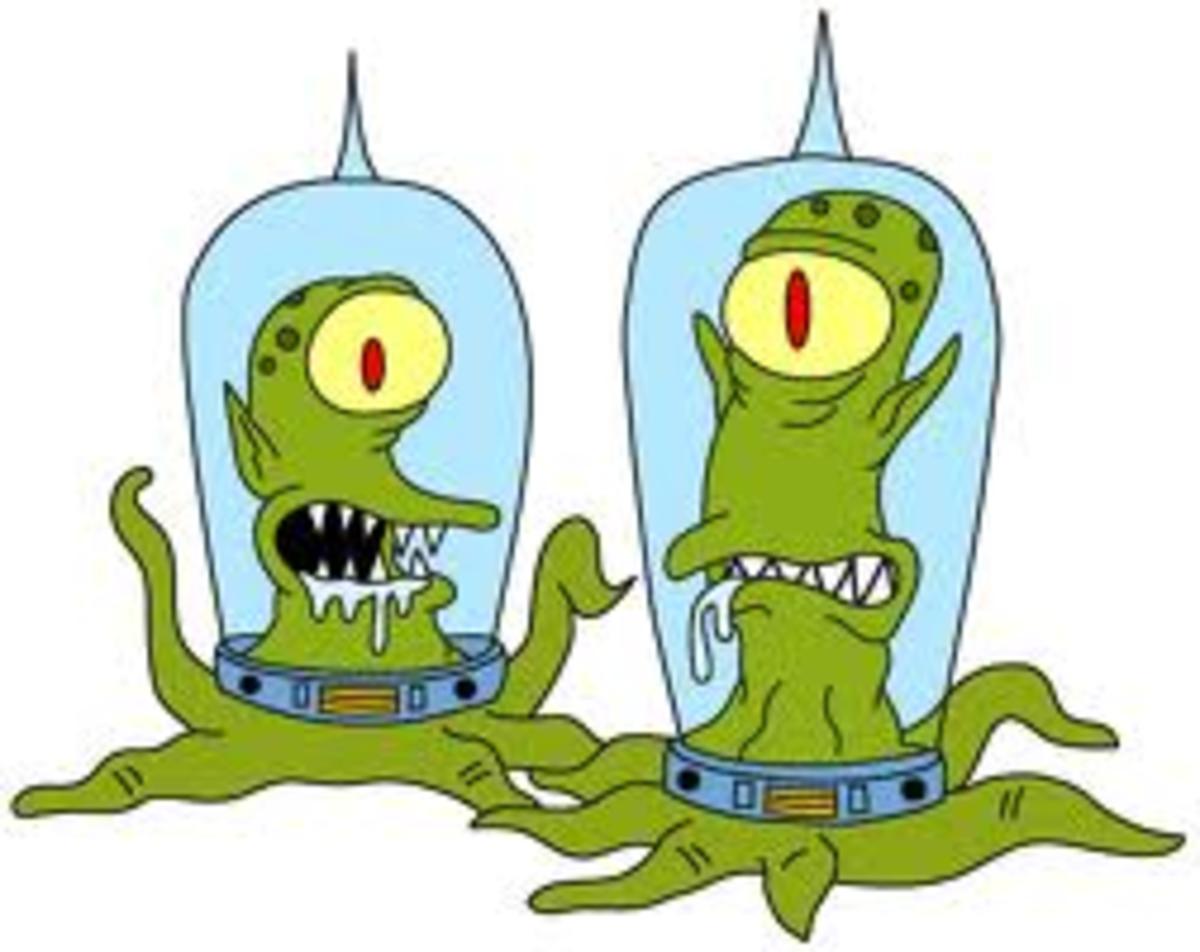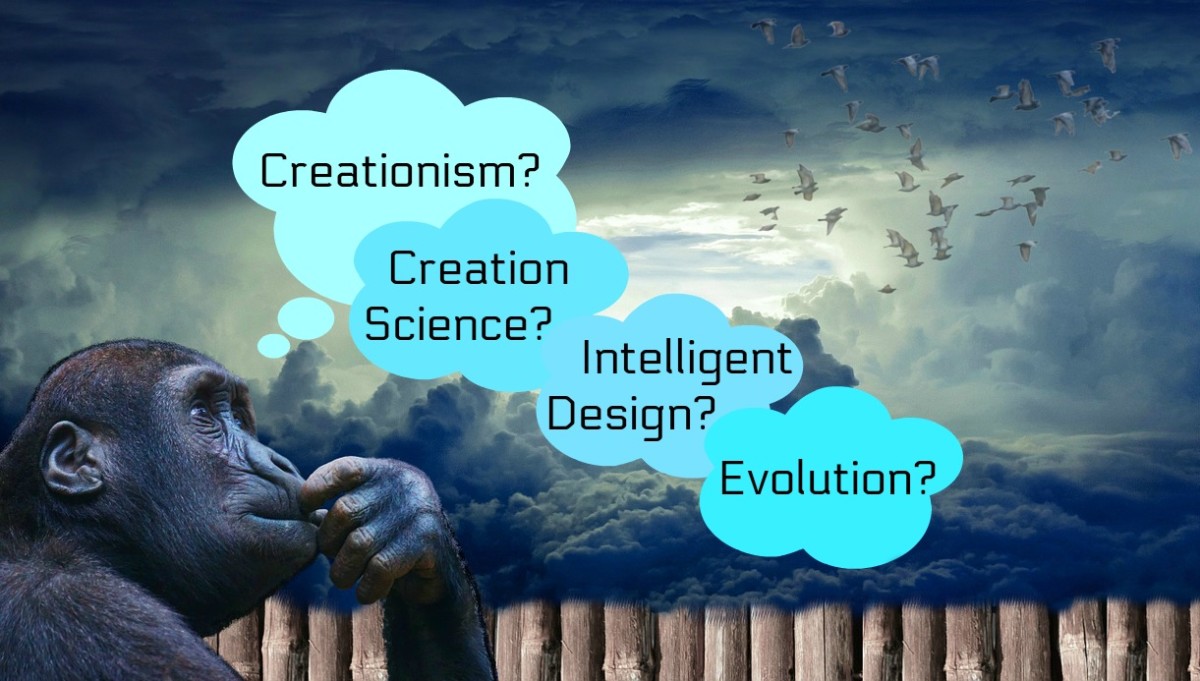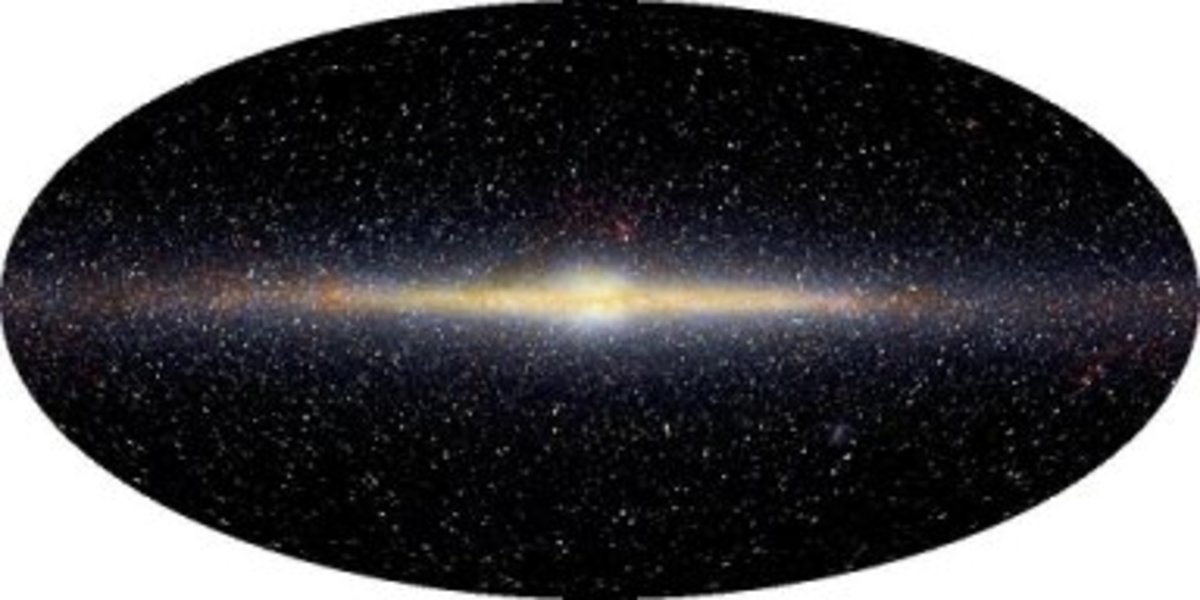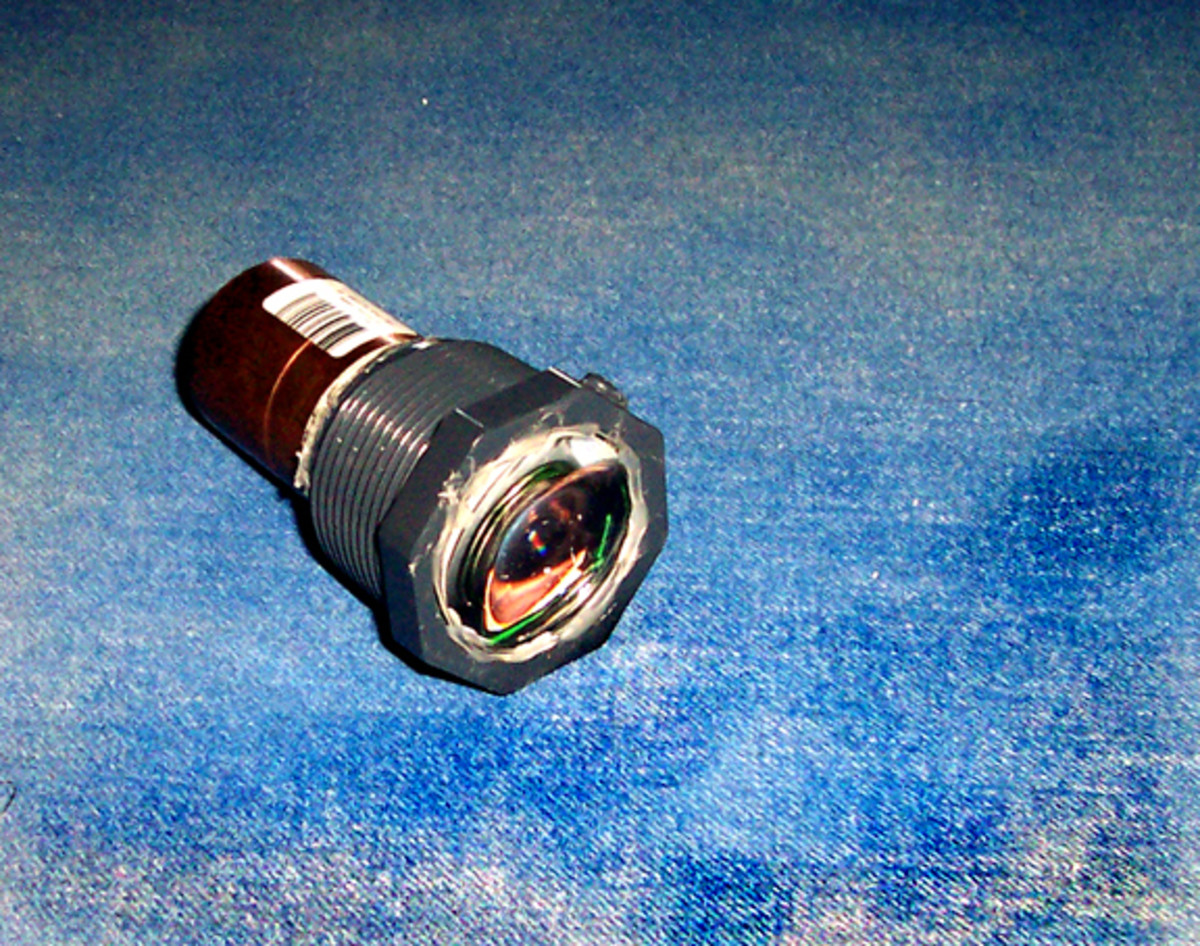Alien Life - what could it look like?
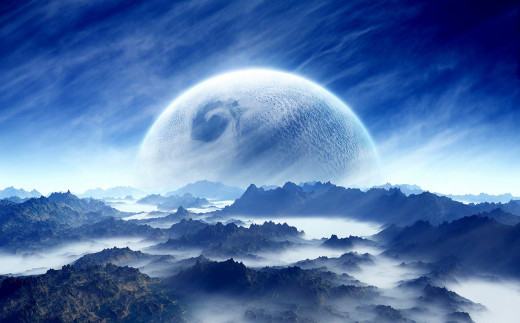
Introduction
Extraterrestrial life is undoubtedly one of the most fascinating topics in the modern world. Humanity has long looked to the stars, but it is only now that we are both technologically and culturally advanced enough to start exploring the universe and entertain the idea of life elsewhere. While we have no direct proof for the existence of aliens, logic would dictate that the chances of us being the only life in the entire universe are relatively slim.
In fact, by latest estimates scientists believe there are 100 billion habitable Earth-like planets just in our Milky Way galaxy…and some 50 sextillion in the known universe. It’s important to note that this estimation does not tell us anything about the conditions on these planets, but merely that they are located in the “Goldilocks” zone, which is the perfect distance away from a star to keep water in its liquid form, which is believed to be a key ingredient for life. Nonetheless, if even 1% of these planets had water on them, and 0.1% of those that had water developed life, that would still create billions of opportunities for organisms to develop.
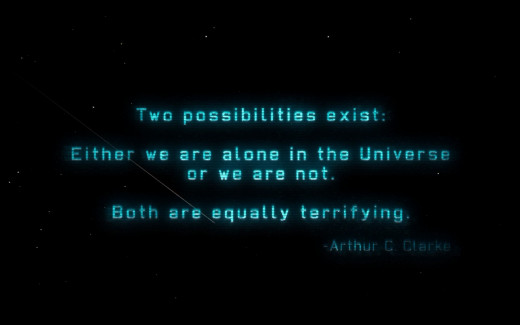
Speculation; not Fact
Before you read any further, I want to specify that I’m not providing concrete answers. Until we actually encounter alien life, this is nothing more than scientific speculation. Instead, I will try to explain the factors that would affect the characteristics of alien life, and discredit the popular “Gray alien” theory.
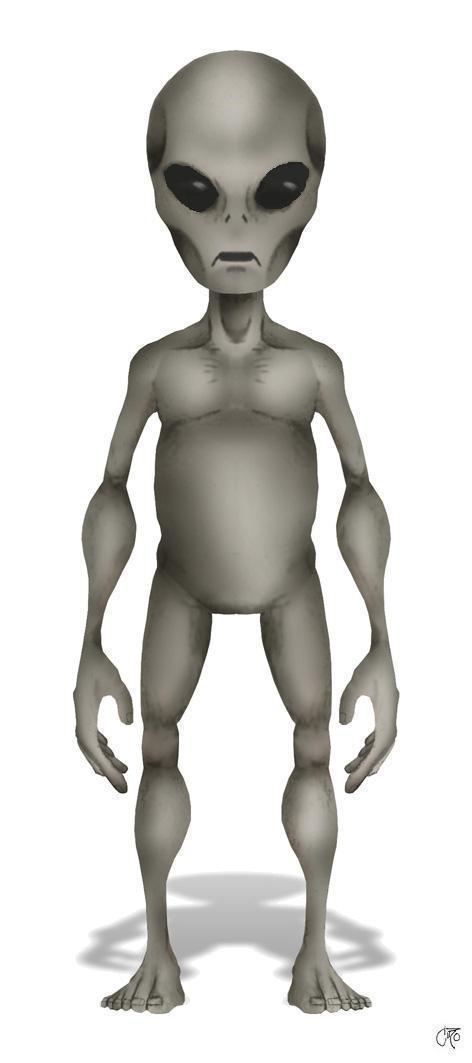
Society’s View of Aliens
Our society certainly has some general, stereotypical depictions of what intelligent aliens look like; the “Gray alien” depiction is currently the most popular one. There is some sound reasoning behind the physical appearance of the Grays: they are short, physically frail-looking beings with large heads, which would make sense for an advanced civilization with no need for physical strength. They are sexless (neither male nor female), which would also make sense as they would have evolved past normal means and needs of reproduction. But this representation has a lot of problems.
The main problem with the “Gray alien” is that it suggests that all aliens (or at least this particular type) are humanoids like us – that is, they resemble human beings in their basic body structure. This is problematic because it is illogical to suggest that life on a completely different planet would evolve to resemble something similar to us. After all, different planets have different gravity, different compositions of elements, different day and night cycles, different climates, and so on. And as the environment is the ultimate factor that decides what life looks like, at least by looking at evidence on our own planet, it would be reasonable to suggest that life elsewhere would look very, very different.
Scientific Reasoning
I’m not a scientist , but the nice thing about science is that it is governed primarily by logical reasoning, and in many cases science is readily accessible for everyone to understand in a basic form. While there is no certainties in the topic of intelligent extraterrestrial life, I believe that logic and science offer us the best concept for understanding what aliens could be like. This brings us to the focus of this discussion: what factors would affect the appearance of alien life forms?
Basics of Life
The main thing that I will borrow from Richard Dawkins is his discussion on the basic structure of organisms. As Dawkins suggests, it is very likely that life on other planets is based on the same, or at the very least similar basic molecules as life on Earth. These two basic molecules are DNA/RNA and protein. These molecules carry out the required functions of all living organisms on Earth, be they a simple microbe or a human being.
As Dawkins argues, it stands to reason that either these identical, or similar type of molecules would be the basis of life elsewhere, because they are relatively simple in their structure, and the elements they are composed of are readily available on many planets. In this sense, we can say that at least on a very basic molecular level, life outside Earth would likely be similar. But this of course still leaves a lot of room for differences.
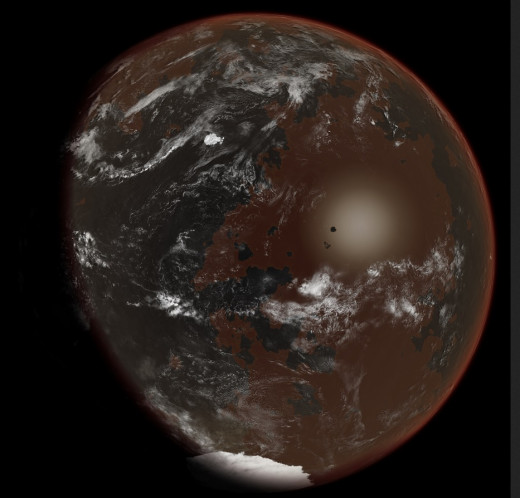
Is water really necessary?
Another important component of life is water. All life on Earth requires water, and scientists believe that water provided the medium in which molecules could mix, allowing primitive life to not only appear, but eventually evolve to more complex forms. As such, the current scientific consensus is that water is required for life to exist. This is why our primary method for looking for life on other planets is based on the presence of water, and the right distance from the nearest star (the “Goldilocks zone” described earlier) to allow water to remain in its liquid form. Water is also relatively common throughout the universe.
However, it is also possible that other liquid compounds can play the role of water. The most popular substitute for water as the basis of life elsewhere in the universe is ammonia. While we have no proof that ammonia could allow life to form, the point is that if life on different planets could require a different liquid compound to survive, it would be reasonable to say that this would greatly affect its appearance. This is especially likely when you consider that ammonia is liquid at a far lower temperature than water, between -70 and -30 degrees Celsius in Earth’s atmosphere. Certainly an organism that could exist in such a cold environment, where ammonia replaces water, would look drastically different from organisms on Earth.
Organic or not?
The term organic is actually quite confusing. For me it always meant that something is living, but in the scientific world organic simply means any compound that is made up of a large amount of the element carbon. The reason why carbon is linked to living things is because it is the only known element that is present in all organisms on Earth, and it is also the best-suited for the chemical reactions that are needed to create and sustain life. Carbon, like water, is very abundant in the universe and can also theoretically be replaced by something else on other planets. One popular theory is that the element silicon can also act as the central element for the creation of life. And once again, as with ammonia, a silicon-based life form would likely be very different from our own carbon-based life.
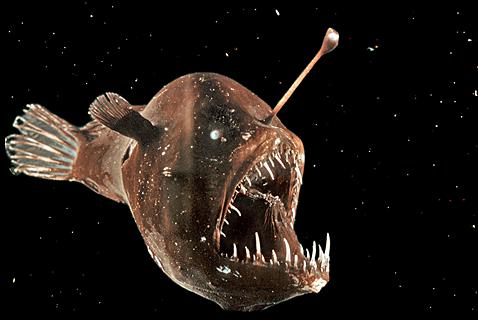
Evolution or something else?
The third consideration is whether or not all life follows the principle of evolution (not to be confused with Darwin’s theory of evolution, which tries to explain how and why evolution happens). The specific concept of evolution that we are concerned with here is that complex organisms, like ourselves, evolved from simple organisms over a very large period of time. Did intelligent alien beings just rise out of the mud on a distant planet, or did they slowly evolve from simple, one-celled organisms like life on Earth? Complexity tends to gradually rise out of simplicity. As such, I agree with Dawkins that life elsewhere very likely also followed this principle of evolution, evolving from simple life forms to more complex ones, eventually creating intelligent beings.

Environment
The final piece of the puzzle, which in a way combines all four of the above requirements, is the environment. If we take all of the complex life on Earth, we can see a huge degree of variance in appearance depending on the organism’s environment. A human person looks very different from a deep-sea Anglerfish, for instance. Similarly, a bird looks very different from a lion, and an ant looks different from a whale.
All of these differences are dictated largely by the environment, and given that alien planets would have even more varying factors due to the possibility of non-carbon, non-water based life, logic would dictate that alien life would be even more different in appearance than the examples above. Things like Star color (our sun is classified as a yellow star), gravity, temperature, a planet's composition (what elements and in what form are present?) and many more would greatly affect the appearance of alien life.
Conclusion
In conclusion, we arrive at six core ideas.
#1) Alien life would most likely follow the same basic molecular principles as on Earth; it would use DNA and proteins, or at least the equivalent of those.
#2) Alien life is most likely carbon-based and requires water just like on Earth, but life based on other elements or compounds is also possible.
#3) Intelligent aliens would most likely not resemble humans. If you change even one environmental factor on Earth, like gravity, we would already look very different. Imagine a completely alien planet with a totally different set of environmental factors.
#4) Alien life can likely vary as much as Earth life based on its environment. This is the nice way of saying alien life could damn well look like anything, all depending on what the particular planet is like, and which part of the planet you are looking at.
#5) Intelligent alien life would likely require not only a large brain-like organ, but also something that could function as our arms and legs do, for movement and to be able to use the environment around them effectively. It's no coincidence that our hands and opposable thumbs are very useful.
#6) Intelligent aliens probably appeared through the same process as we did on Earth; from simple one-celled organisms over billions of years.

